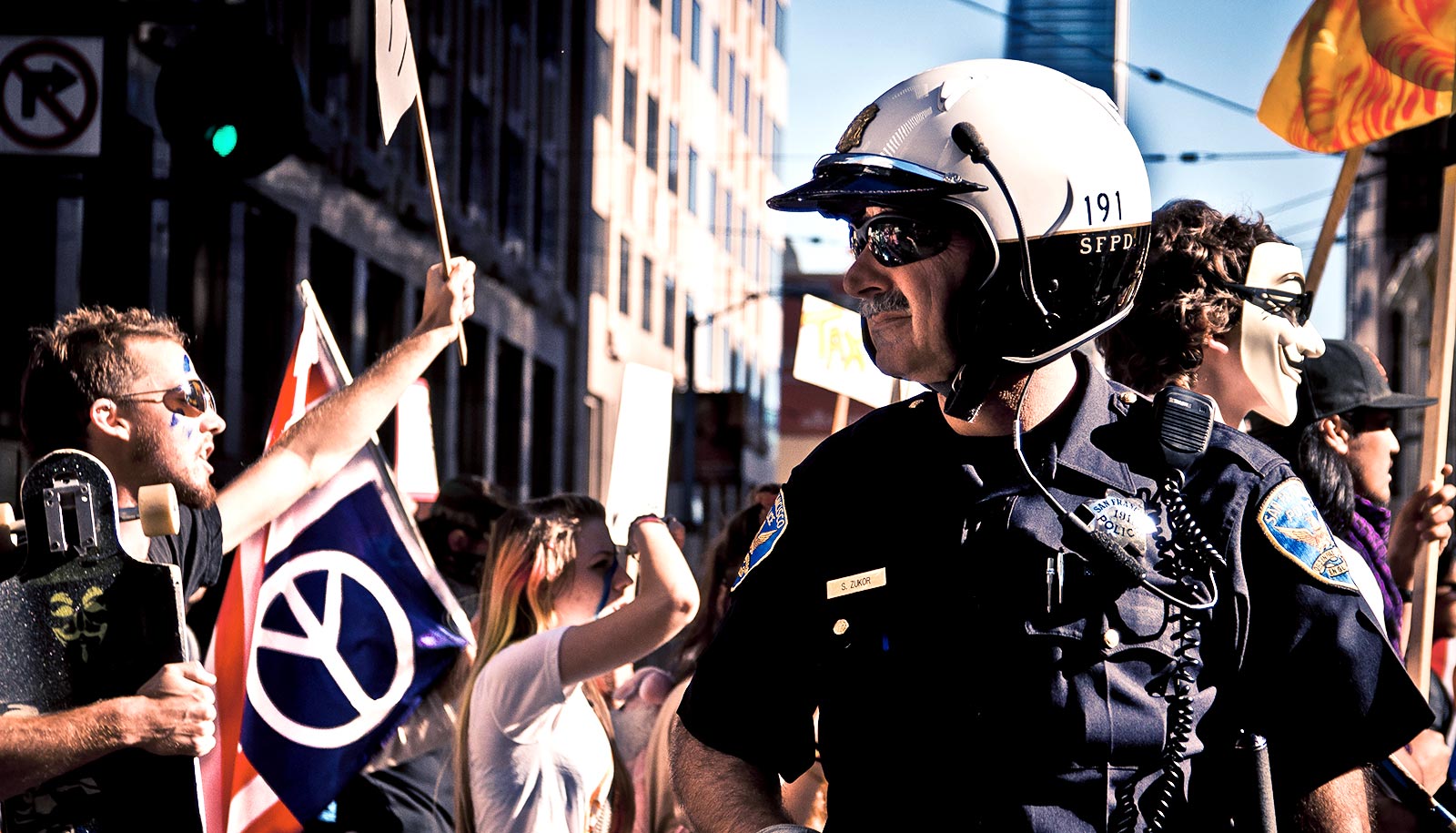Social media sites can help with assessing the impact of natural disasters like Hurricane Harvey, but federal authorities overlook much of the critical information those sites convey, according to new research.
The report shows almost half of the Hurricane Harvey damage reports people provided using social media were not captured by Federal Emergency Management Agency (FEMA) estimates.
Initial Harvey damage estimates based on FEMA models missed areas of heavy impact.
“Social media, in particular Twitter, has been used to evaluate aspects of disaster related to public and private spaces and records,” says Carlos Villegas, a researcher at Rice University’s Kinder Institute for Urban Research and coauthor of the report, which examines the use of social media and crowdsourced data sites during Hurricane Harvey.
The study evaluates the efficacy of FEMA property damage estimates by comparing them to Twitter-sourced damage reports and water rescue records from CrowdSource Rescue (CSR), a platform set up during Hurricane Harvey. The study tracked more than a million tweets between August 25 and September 8, 2017.
The study’s lead finding is that initial Harvey damage estimates based on FEMA models missed areas of heavy impact.
The researchers say supplementing the models with real-time analysis of social media and crowdsourced information could help identify those overlooked areas. FEMA estimates failed to capture 46 percent of Twitter-sourced estimates—reports tweeted during the storm by impacted individuals as property damage occurred.
“Social media accounts have become an essential tool for information and calls for assistance during storms and crisis situations, and we expect this to increase,” Villegas says. “During Hurricane Harvey, CSR was able to collect over 15,000 records and 5,200 rescue requests.”
“Social media and emergency crowdsourced sites have the potential to support normal channels of emergency communication…”
But in order to take advantage of the information social media and crowdsourcing provide, the report’s authors say public agencies should proactively create structures and plans to include it in recovery analysis.
“Social media and emergency crowdsourced sites have the potential to support normal channels of emergency communication, such as the 911 system, which can become overwhelmed during large disaster events,” Villegas says.
The report’s authors say that data agreements between cities, businesses, and research groups can help save time and create robust and accurate assessments of damage. They hope this report will encourage these types of groups to work together in the future.
Source: Rice University


